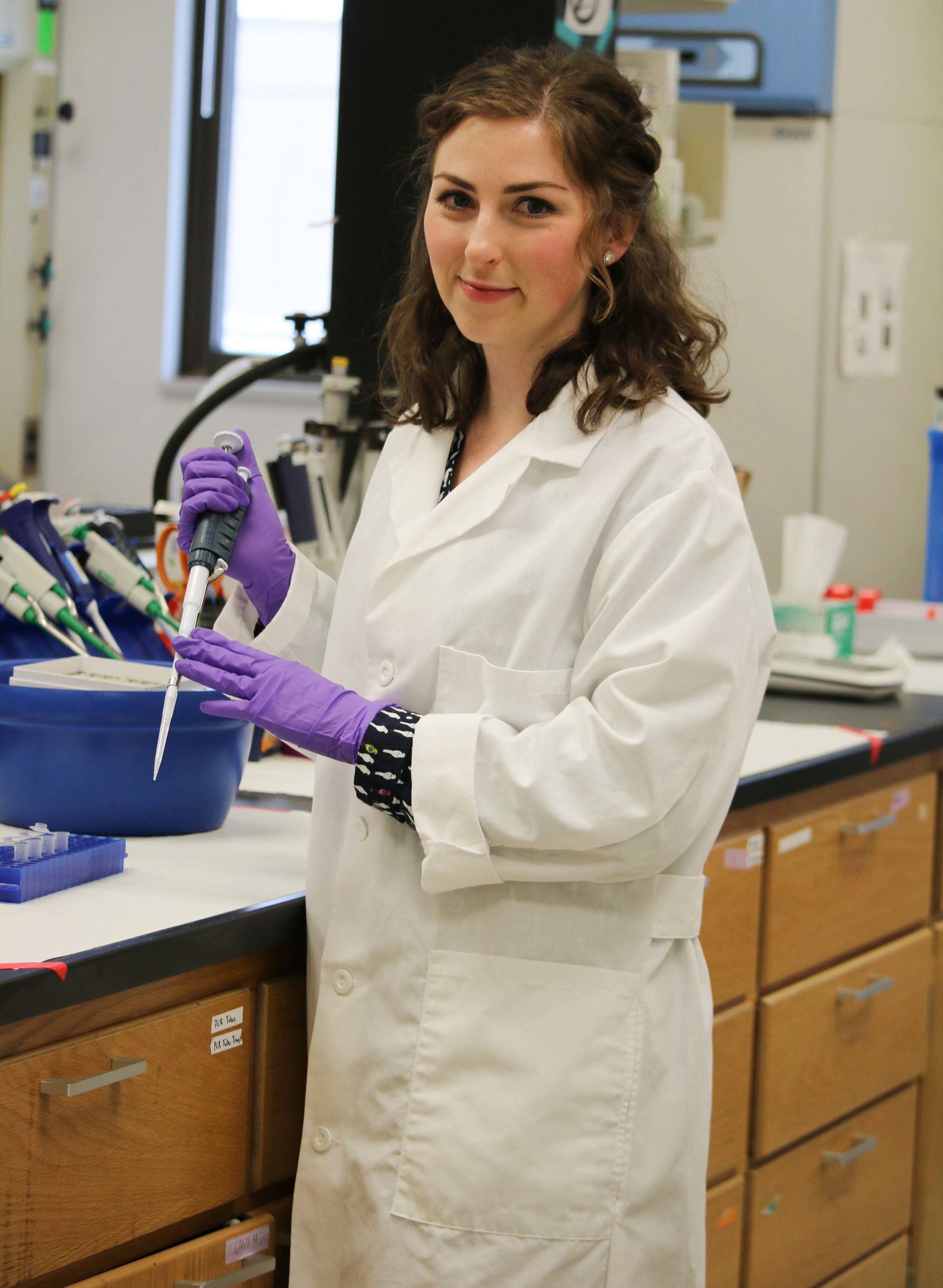Research helps farmers use birds to manage pests
Feathered friend or feathered foe? For most farmers, the answer to that question often depends on to whom those feathers belong. Many birds can assist farmers in keeping pest insects and rodents at bay. But in other instances, farmers may also rely on certain birds to help keep other pest birds under control. But drawing the line between which species are considered beneficial and which fall into the category of pest is not always so easy a task. In fact, some species can switch roles depending on the season, their life cycles, and available food sources.
Given the wide variety of factors that can come together depending on what crops a farmer grows and when, where, and how they grow those crops, it’s no wonder that implementing integrated pest management, or using ecological pest-control strategies, can be a challenge. That’s where research such as that conducted by EEB members Catherine Lindell and Olivia Smith can help alleviate some of the confusion about how to alter habitat and modify cultural practices and timing to take advantage of the benefits some birds provide and discourage damage from pest birds.

Lindell and Smith are working with the Wild Farm Alliance (WFA) to teach agricultural professionals and farmers how to support beneficial birds and manage pest birds on farms through a 10-module virtual course. This professional development opportunity supported by the National Institute of Food and Agriculture and the U.S. Department of Agriculture (USDA) through the Western Sustainable Agriculture Research and Education Program is offered free of charge to participants. Each class features short presentations with time for discussion and interaction with peers and offers the opportunity to earn continuing education units/credits for agriculture professionals in Oregon and Washington.
Lindell, an associate professor at the Center for Global Change and Earth Observations and the Department of Integrative Biology at Michigan State University, has long been interested in avian behavior and ecology in managed ecosystems such as agriculture. Alongside her research team, including postdoctoral fellow Smith, Lindell investigates bird activity in agricultural systems and has been developing new techniques to encourage the presence of birds with beneficial effects while simultaneously lessening the negative

impacts of pest birds.
Lindell and Smith will be joining forces with Page Klug (USDA), Rachel Long (University of California Division of Agriculture and Natural Resources), and Jo Ann Baumgartner (WFA) to teach a track on managing and co-existing with birds. Lessons include the topics of managing pest birds and making farms safe for birds and people. Other topics covered throughout the course include the use of nest boxes and other structures, designing bird-friendly farms, and seeing land through the eyes of birds.
To learn more about this online course, please visit https://www.wildfarmalliance.org/bird_training. The Wild Farm Alliance also offers a beneficial birds multimedia platform that provides a variety of information and resources detailing the benefits of birds on farms.



